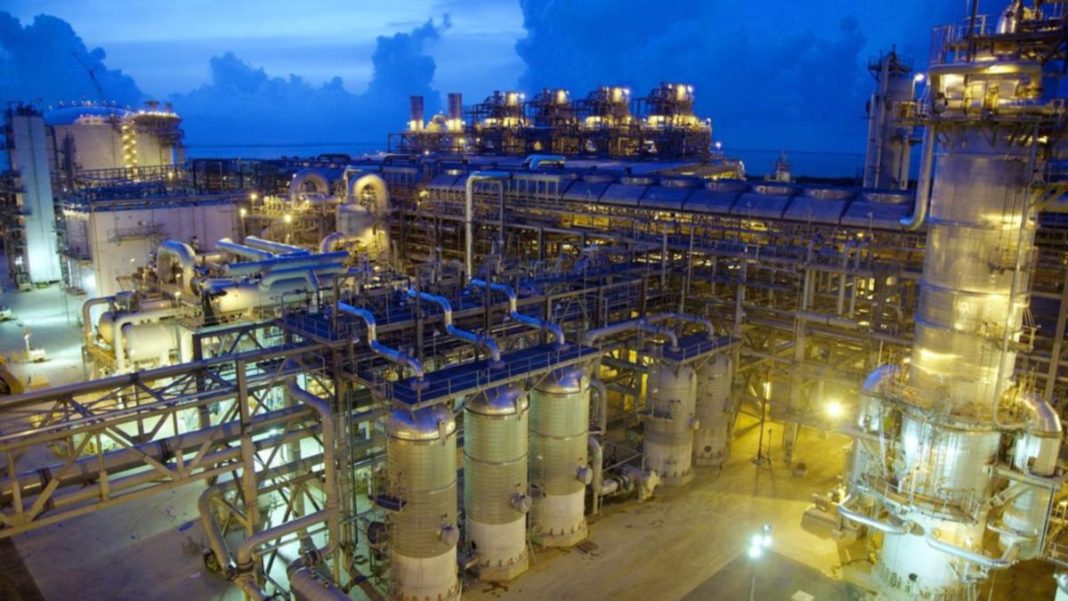By NJ Ayuk
The Republic of Congo is entering an exciting new economic era. Last month, in partnership with Italian energy major Eni, the country launched its first LNG project.
The USD5 billion project, which will use natural gas from Eni’s Marine XII project off the coast of Congo, is expected to achieve a production capacity of 3 million tonnes per annum (mmtpa) in 2025. The operation will comprise two floating LNG (FLNG) plants that will process gas from the Nenè and Litchendjili fields, which are already producing. The FLNG vessels will begin production by 2023 and 2025, respectively.
As I said shortly after Congo’s LNG project was announced, this significant move positions Congo as a key player in the global LNG market and serves as a valuable example for other African countries. LNG represents a critical pathway to harnessing gas resources, minimizing energy poverty, creating value-added industries, and contributing to Africa’s energy transition.
The African Energy Chamber (AEC) is looking forward to seeing more African states realize those benefits, and I believe we’re well on our way to achieving that goal.
Not only does our recently released “The State of African Energy 2023 Q1 Report” predict that the continent’s LNG production will hold steady through the remainder of this year, the report goes on to describe significant growth in the years to come.
Expanding Infrastructure
One of the key factors contributing to this optimistic forecast is Africa’s growing capacity to produce, store, and transport LNG. As our report notes, the Congo LNG project is one of many moving forward on our continent, contributing to what is expected to be a significant increase in the total LNG export infrastructure capacity, from 80 mmtpa to about 110 mmtpa by 2030, and to more than 175 mmtpa by the end of the next decade.
There’s every reason to be confident about these forecasts.
Look at Gabon. Earlier this year, Anglo-French independent Perenco took a final investment decision for the construction of a USD1 billion LNG project near its Cap Lopez oil terminal, which the company acquired from France’s TotalEnergies in 2021. After a three-year construction period, capacity at the plant is expected to reach about 700,000 tonnes of LNG annually.
Tanzania, meanwhile, recently completed negotiations with Norway’s Equinor and Britain’s Shell to construct a USD30 billion LNG terminal in Tanzania’s southeast Lindi region. After years of delays, it is encouraging to see Tanzania move forward with efforts to develop its vast offshore natural gas reserves: an estimated 57.54 trillion cubic feet (tcf).
Tremendous Activity
We’re seeing other exciting LNG projects moving forward, too.
A few examples:
Last September, South African helium and natural gas producer Renergen launched the first phase of the Virginia Gas Project, South Africa’s first commercial LNG plant, in the Free State province. The facility is expected to have a capacity of 50 tonnes of LNG daily, increasing to about 680 tonnes in the second phase.
In Guinea-Conakry, the government is developing a USD300 million LNG project in partnership with West Africa LNG. The project calls for constructing an LNG receiving terminal, a liquefaction plant, and an export terminal at the Port of Kamsar on the country’s northern coast.
In Angola, Eni and its New Gas Consortium partners, including Cabinda Gulf Oil Company Limited (Chevron’s affiliate in Angola), state-owned Sonangol, BP, and TotalEnergies, reached an FID to develop the Quiluma and Maboqueiro gas fields. This lays the foundation for several infrastructure projects, including a connection to Angola’s existing LNG plant. And that, in turn, will allow Angola to monetize up to 4 billion cubic meters (bcm) of natural gas per year in the form of LNG, possibly as soon as 2026.
Our report provides updates on large LNG projects in Nigeria, Mozambique, and Senegal-Mauritania as well.
Meeting Global and Domestic Demand
In addition to LNG infrastructure, our report explores natural gas production in Africa and its potential impact on LNG exports.
During the last three or four years, about one-fourth of the natural gas produced in Africa has been going to international markets in the form of LNG. If that pattern continues, we’ll be seeing considerably larger volumes of African LNG going to international markets as natural gas production increases.
And according to our report, Africa will go from pumping 105 bcm of natural gas in 2023 to 220 bcm in 2040. As a result, LNG flows from Africa likely will reach 100 bcm by 2035.
I see great economic benefits arising from Africa’s natural gas export activities, from financial growth and job creation to technology-sharing opportunities. But as I’ve said repeatedly, our country’s natural gas also has a lot of good to do for Africa’s people, especially as a solution to Africa’s widespread energy poverty.
Our report makes a case for gas doing it all. The AEC is doing everything possible to make both goals realities.
Also Read
5 Benefits Of Modern Smart Buildings
How much money is needed to transform to a green economy?

